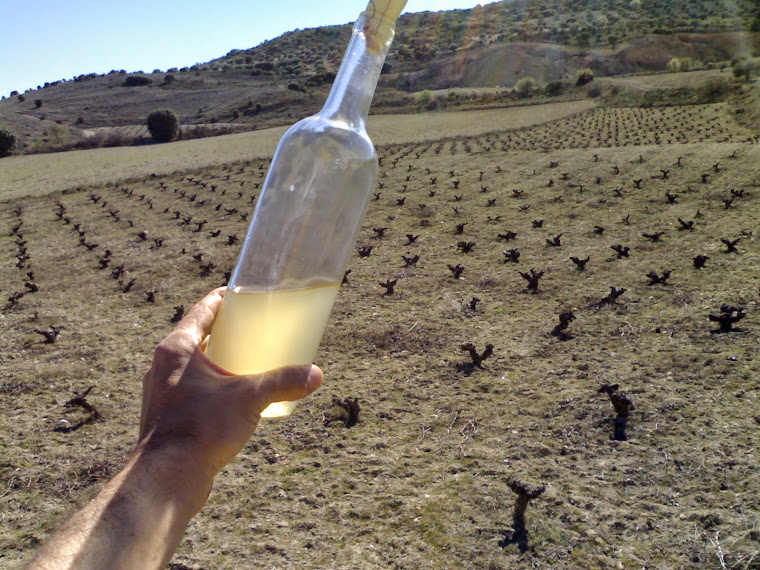It's a way of fermenting red grapes that's slightly different from the usual, conventional method. The usual, conventional method consists of crushing and pressing the grapes to extract the must, which is then left to ferment in vats until it turns into wine; this normally takes a few months and the young wine can be drunk in March or April.
With Carbonic Maceration, the bunches of grapes are placed in vats uncrushed, the vat is sealed hermetically, and left untouched for a few weeks. Each separate grape then ferments inside its skin. Then the vat is opened, the grapes are crushed and pressed and the must is left to finish fermenting.
The difference in the resulting wine is really notable: with carbonic maceration the wine is much fruitier and is less alcoholic. It can be drunk at the end of November. A pleasant easy-drinking wine, best drunk as soon as possible as it doesn't age at all well. Its fruitiness and aromas will be gone by the summer.
Very popular in France (ie, 'Beaujolais Nouveau') but almost unknown here in Spain. Nevertheless, despite the costs and disadvantages of being a 'pioneer', we'd rather make this type of young red than the usual Castillian offering made by thousands of conventional wineries.
Friday 29 May 2009
The Vineyard in Carabaña
This photo was taken in January 2008, just before we started pruning. See the long unpruned shoots. The vines are both white Airén and red Tempranillo all mixed up together in the same vineyard. Field planted to barley in the background.
Labels:
natural wine,
organic vineyard,
sustainable
Subscribe to:
Posts (Atom)


